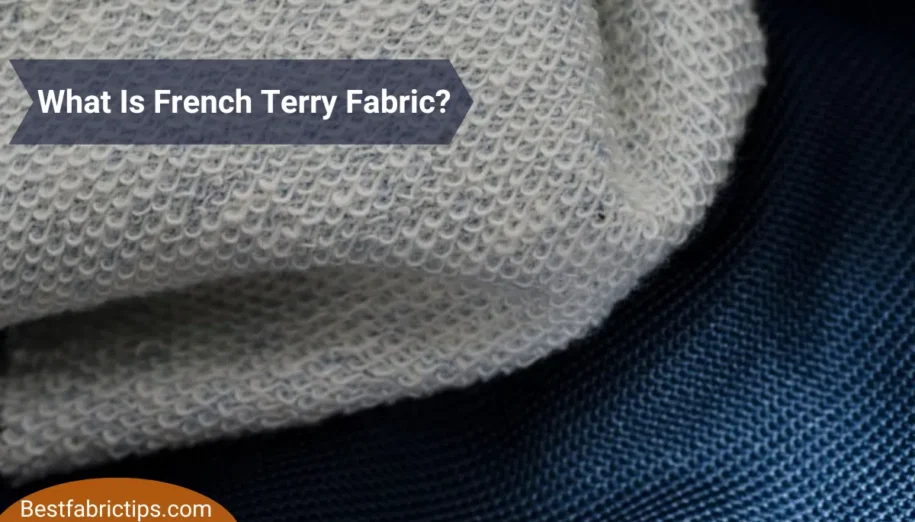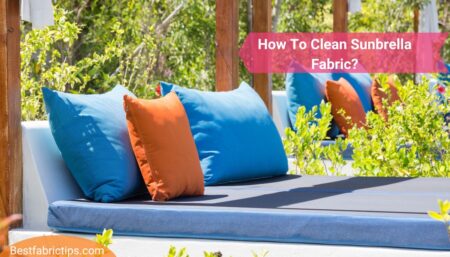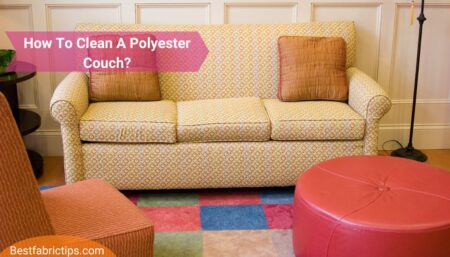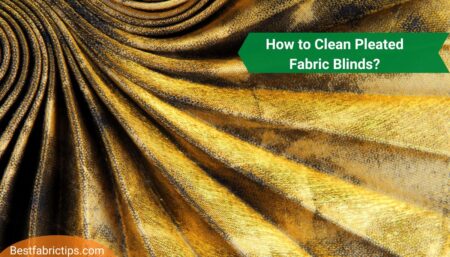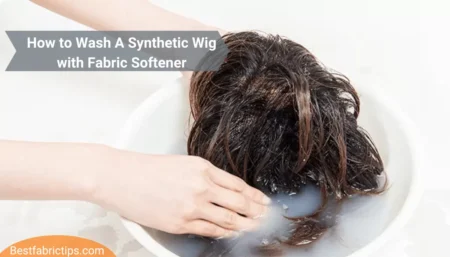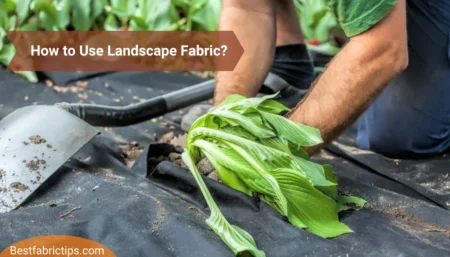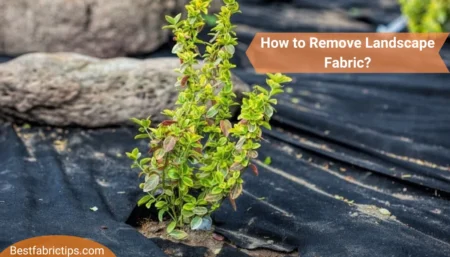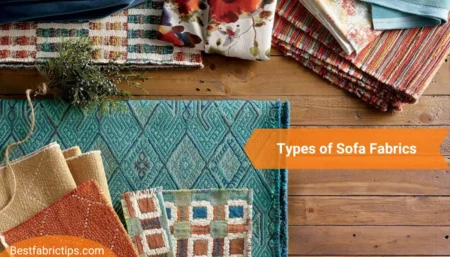French terry fabric is a kind of cloth that has been on the market since the 1980s and is known for its softness. This fabric is constructed of terry cloth that has been knitted in loops, with soft yarn heaps on the inside of the garment to provide comfort. The smoothness of the outside surface is maintained due to the method of knitting used in this process. It is as a consequence of this process that an absorbent, lightweight, moisture-wicking fabric is generated that is extremely pleasant to wear throughout the year.
What is French Terry Cloth Fabric?
French terry is often thicker and heavier than a standard t-shirt. On the other hand, it is far lighter than cardigans, pullovers, and sweatshirts. Furthermore, this is a fabric that may be worn on its own at home or as a layer over or below another piece of clothing to add interest. It is typically constructed wholly of cotton or from a blend of cotton and a small quantity of rayon, polyester, lycra, or spandex, depending on the style and design. A blend of soy fibers and organic cotton has also been used to make French terry textiles, which is better for the environment than cotton.
What is French terry fabric used for?
Now that you’ve learned what French terry is, you’re undoubtedly asking how and where it’s employed. French terry clothing contains soft and short piles of yarn on the inside, which makes it more pleasant and snug to wear than other types of clothing. As a result, it is commonly employed in the production of hoodie dies, sweatpants, and loungewear. Furthermore, the surface is naturally equipped with moisture-wicking characteristics that absorb perspiration and keep you cool and dry. To put it another way, French terry can withstand wetness that is 27 times heavier than its natural weight. This makes it a good fabric for almost any temperature or situation.
In addition, French terry is a fantastic choice for loungewear. This item has appropriate flexibility and stretch, which helps you perform effectively when exercising, stretching, participating in sports, and engaging in similar activities. Also, it’s a good choice for resting because it’s very soft on the skin.
Despite the fact that it is often thicker, it still provides enough ventilation and may be used when layering with other articles of clothing to keep you warm. This is due to the fact that it is lighter than a sweatshirt yet thicker than a tee shirt. This means that you can wear French terry clothes under or over other clothes at any time of the year without feeling like you have to.
What is French terry fabric made of?
Considering that terry fabric has been in use since the 1980s, the vast majority of individuals in the United States are likely to own at least one article of clothing that is made of French terry without ever recognising it!
In terms of appearance, this fabric is nearly identical to jersey in terms of nature as a knit fabric with soft heaps on one side and loops on the other.Identifying the fabric is easiest in sweatshirts since it is soft on the inside and smoother and softer on the exterior, and it is the most common. And French terry can be either hand-knitted or machine-knitted, depending on the manufacturer. The presence of this kind of weave in the fabric helps make the fabric more comfortable, soft, and smooth.
As previously said, it is a mid-weight fabric, which means that it is thicker than the cotton used in a typical t-shirt but lighter than the textiles used in sweatpants for usage in colder temperatures.
- When French terry is made, it can be very light or very heavy.
- The cotton thread in the fabric has a water absorption capacity of approximately 27 times its weight in water. That’s significant, isn’t it?
- The loop side of the cloth wicks away sweat really quickly. Because of this, French terry is the best fabric for summer because it doesn’t get too hot.
- The fact that it is strong and durable doesn’t mean that twisting, pulling, or rubbing will hurt it.
- Most French terry cloth comes in weights of 10–15 ounces per yard.
- It’s a low-maintenance fabric that doesn’t wrinkle easily and doesn’t require dry-cleaning, making it ideal for casual wear.
- If your French terry is made entirely of cotton, it will not smell when you remove it from the dryer, unlike synthetics, which do smell after being dried.
What is French terry fabric good for?
Terry fabric is something we’re all familiar with; it’s the material that our towels are made of. The French Terry fabric, on the other hand, has been a long-running trend in casual and sporty apparel for quite some time now, assuming you’ve been paying attention to the fashion industry. But what exactly is French Terry, and what’s the big deal about it?
Knitted terry cloth fabric with loops and soft heaps of yarn on one side (which is generally the inside of a garment) and a smooth, soft surface on the other side (which is usually the outside of a garment) is known as French Terry. In the end, you’ll have an absorbent, light-weight, moisture-wicking material that’s very pleasant to wear any day of the week, any season.
It’s thicker than a t-shirt but lighter than most sweatshirts, and it’s versatile enough to wear on its own or as a layer over or under another piece of clothing. 100% cotton or a cotton mix with a little proportion of rayon, polyester, spandex, or lycra is frequently used in the production of this item of clothing. Organic cotton or soy fibres could be used to make new, more environmentally friendly French Terry fabrics.
Since you’ve seen it, it’s likely that you’ll start recognizing it elsewhere, including on items that you already possess. French Terry has been around since the 1980s, so there’s a decent possibility you’ve come across something that was produced with it and didn’t realize it at the time.
- Terry continues to be incredibly popular, and it is a trend that is unlikely to fade away anytime soon since it is the following:
- The Super Comfy: the soft heaps of yarn on the inside of the fabric feel nice and snug on your skin as the cloth is worn in.
- It is designed to keep you cool and dry by drawing sweat away from your body. Cotton threads have the ability to absorb up to 27 times their weight in water!
- But French is adaptable. Terry has just the right amount of give to let you stretch and move freely while doing things like yoga, working out, or just sitting around.
- It’s perfect for layering because it’s thicker than a t-shirt but lighter than a sweatshirt, so it can be worn pretty much all year long, both beneath and over other items of clothing.
Now that you’ve made up your mind on French Terry, where can you get your hands on some or more of it? We have a wide selection of French Terry clothes from well-known companies like Champion, OGIO, Alternative Apparel, and more. If you’re looking for something a bit more unique, we also have a selection of French Terry apparel from smaller labels such as Alternative Apparel. Among the many French Terry-inspired clothing items available for men and women are hoodies, full-zipper sweatshirts, crewnecks, and lounge trousers, and that’s just the tip of the iceberg.

